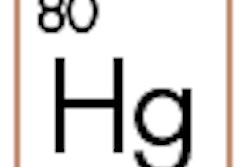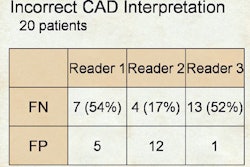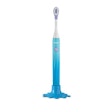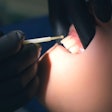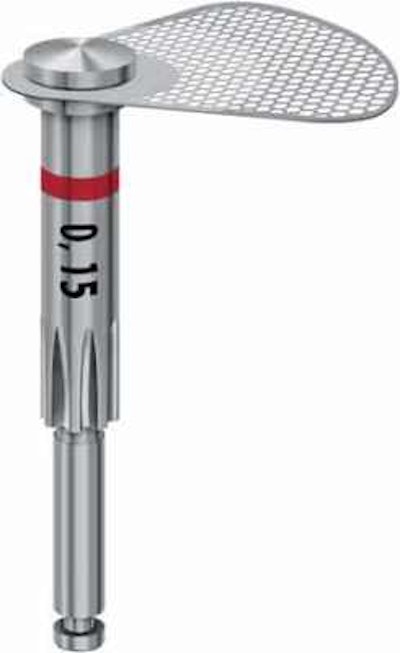
Charged with protecting teeth, dentists loath to grind them away. But that's exactly what they must do sometimes to fix the alignment of an overcrowded mouth or simply even out asymmetrical tooth widths.
Grinding may pose a risk to the teeth because it reduces the amount of enamel, theoretically increasing the risk of cavities and periodontal disease. And rough surfaces left by grinding are a fertile field for plaque.
The process of narrowing teeth to create more space between them goes by many names, among them: interproximal polishing, interdental polishing, interproximal stripping, enamel reduction, and slenderizing. When researchers at Westfälische Wilhelms-University in Münster, Germany, set out to compare tools for this purpose, they made a key distinction between grinding (using coarse grained tools to cut away enamel) and polishing (using finer grained tools to smooth surfaces after grinding).
They found that a new technology -- oscillating mechanisms with segmental wheels -- left the smoothest surfaces.
For their experiment, published recently in Angle Orthodontist, the investigators attached 55 extracted human teeth to a plaster model. They set aside five teeth as controls, then divided the other 50 into groups of 10, grinding each group with a different tool: Profin LTB 75 (Dentatus), New Metal Strips (GC), O-Drive D30 (Komet), Air Rotor (Dentsply Raintree Essix) and Ortho-Strips (Intensiv).(Some of these tools are so far only available in Europe.)
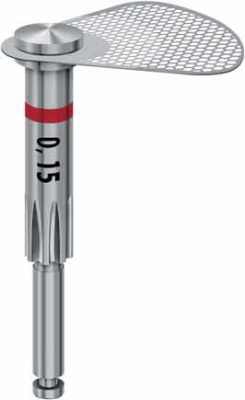 |
| The O-Drive D30 by Komet uses an oscillating segmental wheel for enamel reduction. |
New Metal Strips, as the name implies, grinds with a strip like a tiny metal file. Air Rotor uses a high-speed bur like the bit on a drill. The other three systems feature a disc or wheel that moves back and forth.
The researchers ground both sides of each tooth, then polished one side of each, using the recommended polishing heads for each instrument.
After reducing enamel thickness by about 0.25 millimeters with each tool, the investigators measured the smoothness of the ground surfaces using a profilometer from Veeco Instruments. They calculated the arithmetic average of each surface's deviance from the average, to create a numerical representation of its roughness. They also took a close look at the surfaces using a scanning electron microscope.
The results? Without polishing, all the ground surfaces were significantly rougher than the untreated teeth used as a control. But polishing the surfaces didn't significantly increase the amount of enamel removed from the teeth. This finding confirmed the importance of polishing.
After polishing, the Profin and Ortho-Strips tools achieved the smoothest surfaces. In fact, the surfaces left by these polishers were smoother than the enamel on the untreated controls. This suggests that sealing these surfaces -- a measure suggested by some researchers -- is unnecessary.
The O-Drive D30 gave surfaces a smoothness about equal to the natural enamel. By contrast, the microscope images showed grooves left by the New Metal Strips and Air Rotor systems that couldn't be removed by polishing.





